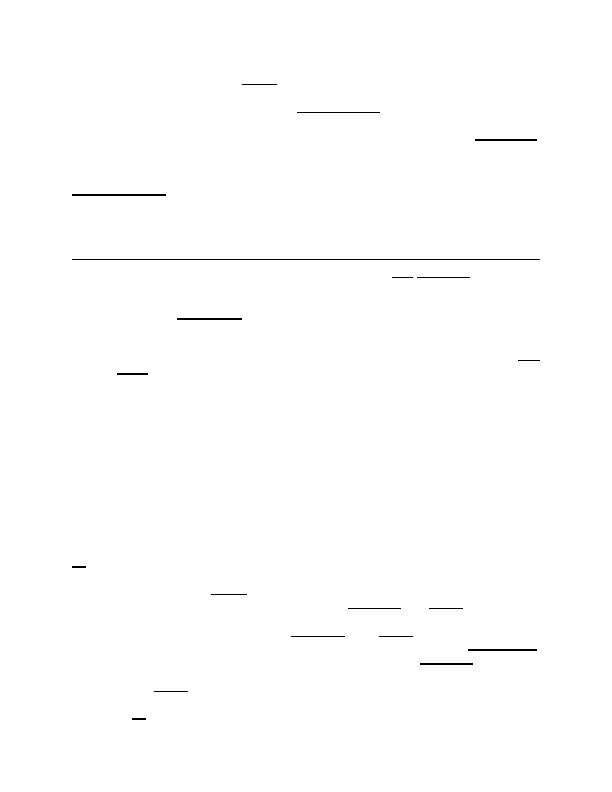
engaging in business were ineligible for patent protection. See Comiskey, 499 F.3d at
1374 (noting that “[a]t one time, ‘[t]hough seemingly within the category of process or
method, a method of doing business [was] rejected as not being within the statutory
classes.’” (quoting State Street, 149 F.3d at 1377)). One commentator has noted that
although the United States Patent and Trademark Office (“USPTO”) “in an attempt to
deflect criticism [has] issued an apologia . . . asserting that business method patents are
as old as the United States patent system,” this document is fundamentally flawed. See
Pollack, supra at 73-75. She explains:
points of invention were business methods, because no one had time to
invent any new business methods until the human race had run its
mechanical ingenuity to the peak of computer software; seemingly we
were all too busy inventing the computer to think about anything else—
especially new ways of doing business. I thought that we granted patents
because, otherwise, people would be too busy making money by running
businesses to take time out to invent anything except business methods.
The USPTO [document], furthermore, is eliding the printed matter
exception to patentable subject matter with the business method
exception.
as attempts to patent mathematical algorithms. Subsequently, however, this court
stated that the claimed processes in Maucorps and Meyer were directed toward
business systems and should therefore not be considered patent eligible. In re Alappat,
33 F.3d 1526, 1541 (Fed. Cir. 1994) (en banc). We noted that “Maucorps dealt with a
business methodology for deciding how salesmen should best handle respective
customers and Meyer involved a ‘system’ for aiding a neurologist in diagnosing patients.
Clearly, neither of the alleged ‘inventions’ in those cases falls within any § 101
category.” Id.